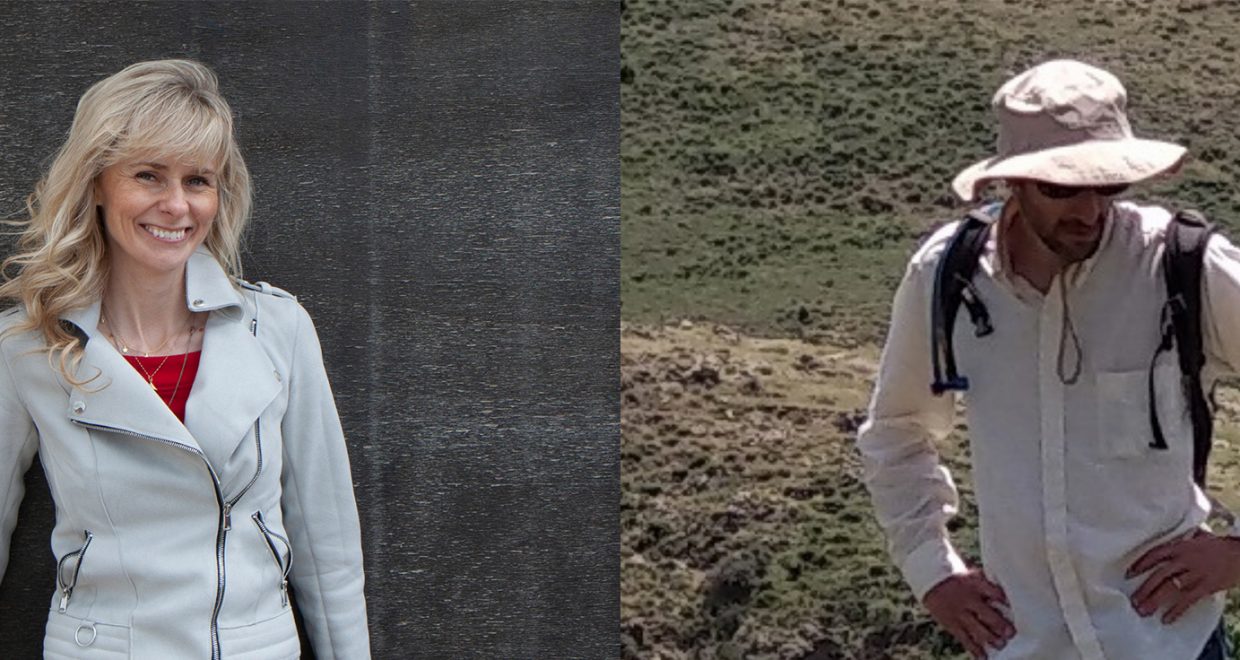Digital Reviews Editor: Transitions
In issue 9(1) of Advances in Archaeological Practice we will transition our Digital Reviews editorship from Dr. Sara Perry (Museum of London Archaeology) to Dr. Peter Cobb (University of Hong Kong).
Sara is the journal’s first digital reviews editor and we have worked together for four and a half years. Throughout this period, she brought an open, visionary and innovative approach to the digital reviews. At the outset, Sara identified her terms of engagement with us – setting a standard for openness in our work as editors, as she insisted that these articles be freely available so they could be easily read and shared. And, she wanted openness and inclusiveness in seeking authors. In her invitation to publish, she challenged them to provide work on a range of topics: Deconstructing Archaeology’s Digital Media: Announcing Advances in Archaeological Practice’s Digital Reviews.
This invitation was shared through social media and her networks. She initially sought, and subsequently succeeded, in promoting the work of talented and emerging professionals, including some of her current or former students. In this, she broadens our geographical and professional scope with authors from university, museum, and independent research settings in the United Kingdom, the United States, Netherlands, Poland, Belgium, Greece, Sweden, Lithuania, and Germany. As we write this in August 2020, we can quantify the work of 16 of the 18 authors/sets of authors that Sara has worked with — 2 more reviews are still to be published — and their work has been downloaded almost 14,000 times from the home platform on the Cambridge University Press website.
The digital reviews have, at one level, been about a product—a museum app that may or may not help locate the Mona Lisa in the Louvre, a MOOC class on Recovering the Humankind’s Past and Saving the Universal Heritage, the use of 3D prints to replicate headdresses from Star Carr for museum display, or the digital reproduction of Greek New Testaments. At another level, Sarah has worked with authors to evoke a discussion of the critical elements of that product, embedding the reviews in contemporary theory where possible. An augmented reality app of a cemetery isn’t good just because it is new and digital, although it may attract some initial attention.
How does the digital tool help the archaeologist meet their research, educational, and interpretive goals? How are these tools doing more than analog experiences to help evoke the past, help us engage and relate and understand; and expand potential? How were the ideas brought into practice in terms of design? By emphasizing both the innovative qualities of digital technologies, as well as critically examining their execution and impact on contemporary practice, Sara helped a unique and balanced set of digital reviews come to fruition. We thank her for the high professional and ethical standards that she set, and her dedication to make the reviews become a well-used and well-regarded part of our journal.
Peter will take the Reviews in a slightly different direction as he continues this expansive approach to authorship and the free sharing of articles.
He observes that over the prior decade, we have seen an extraordinary increase in the amount and accuracy of digital data collected during archaeological field- and lab-work, creating opportunities to use datasets in new ways through continued technological advancements. We now discuss not if, but how archaeology can participate in the ‘big data’ and data science movements. In the coming months, a series of thematic contributions will ‘review’ our field’s current relationship to data science. We will look at multiple types of digital data and at the increasing flow and uses of data, from multiple perspectives. The topics we plan to cover include: the current state of digital data and data science in Archaeology, Machine Learning applications in Archaeology, mundane data collection on field projects, Indigenous Archaeologist views on data accessibility, and big 3D data and augmented reality. For the final review, a non-archaeologist Data Scientist will be invited to provide an outsider’s perspective on our field. Each contribution will be guided by a critical approach to the technology.
Regardless of whether archaeology has actually developed a subfield labeled ‘digital archaeology’ – it seems that we are all, after all, becoming digital archaeologists – we invite archaeologists of every stripe to join in the conversation. Each Review article should provide an overview of the topic through a brief introduction to the main activities of specialists together with important definitions. After presenting this ‘state of the field’, the Review may discuss future possible directions – to ruminate on what will be possible. In this way, we hope these Digital Reviews can help to envision potential advances in archaeological practice. We will also continue to expand the geographical reach of the Reviews as Peter encourages authors from his part of the globe – currently Asia – to contribute. Please consider creatively contributing to this series, and welcome Peter!






